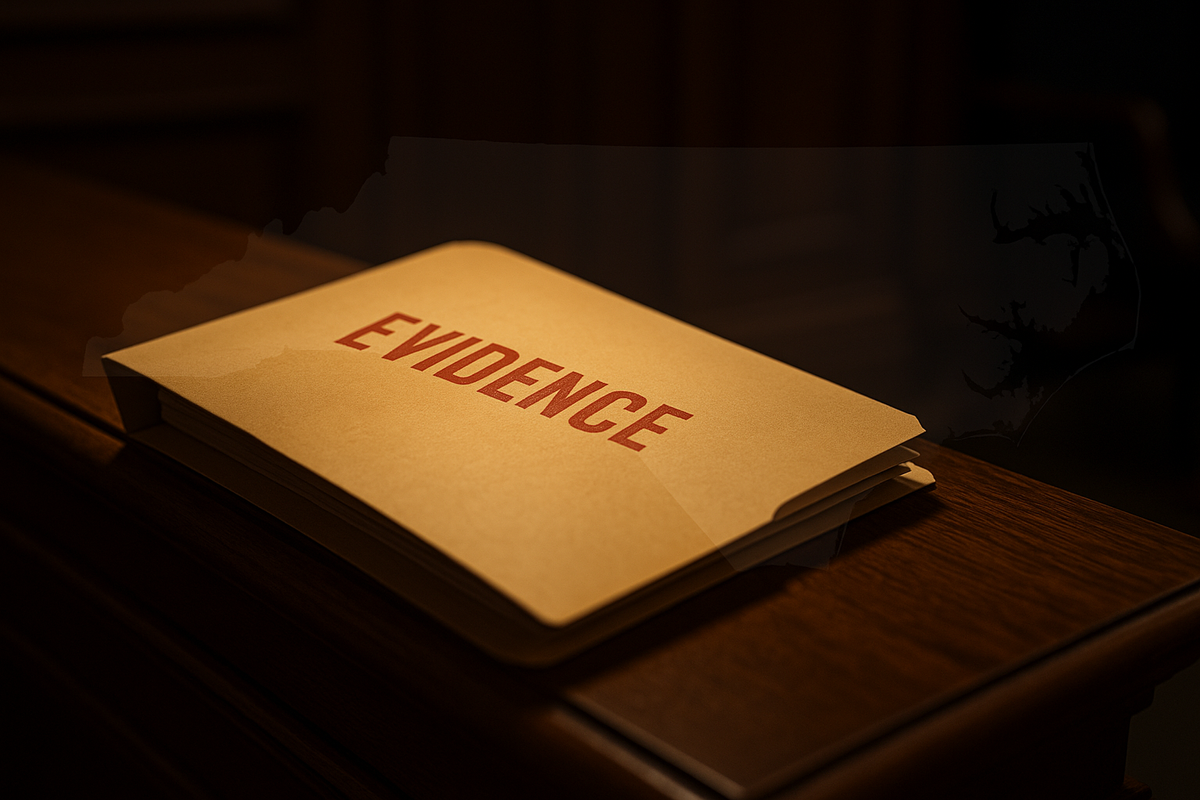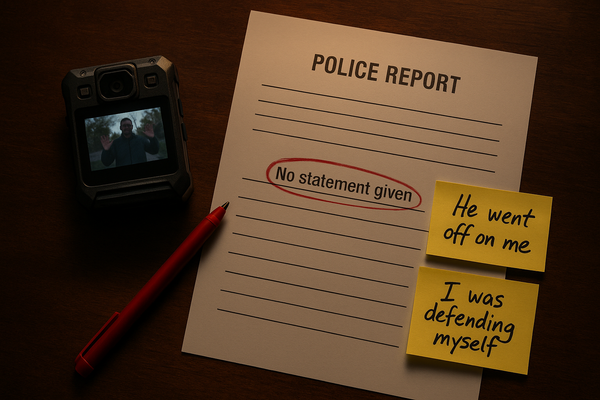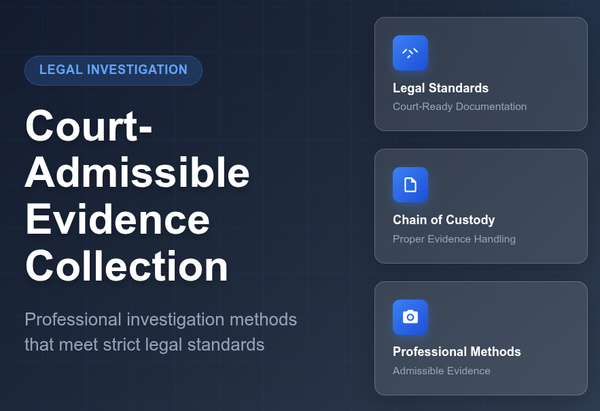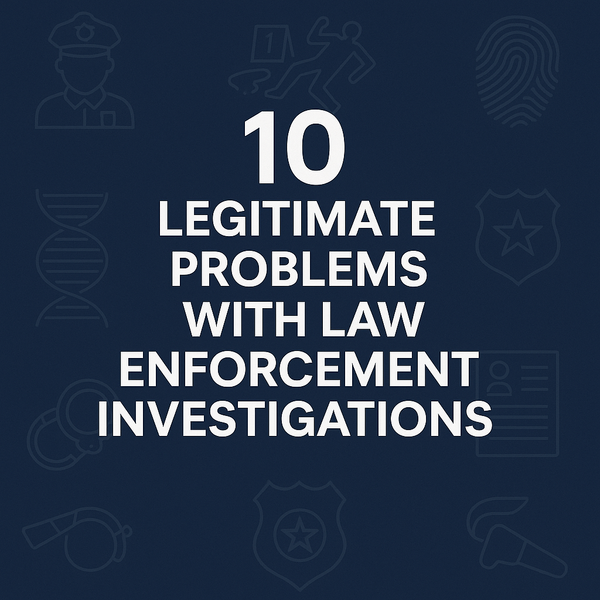When Evidence Goes Dark: Six North Carolina Lessons on Prosecutorial Non-Disclosure

North Carolina’s open-file discovery statute, G.S. 15A-903, promises defense teams complete files of all law enforcement and prosecutorial agencies. Yet hard lessons show that the rule alone cannot stop evidence from disappearing in the heat of prosecution. Below are six cases—all home-grown—where material that should have been disclosed stayed hidden until years, sometimes decades, later.
1. Duke Lacrosse (Durham, 2006)
District Attorney Mike Nifong pursued sexual-assault charges while withholding a DNA lab report that excluded every player. The State Bar disbarred him in 2007 for the misconduct.
2. Greg Taylor (Wake Co., 1993 conviction → 2010 exoneration)
SBI analysts reported a presumptive blood test from Taylor’s SUV but buried a follow-up test showing the stain was not blood. The suppressed memo surfaced before the N.C. Innocence Inquiry Commission, leading to Taylor’s freedom.
3. Timothy Bridges (Mecklenburg Co., 1991 conviction → 2016 exoneration)
Post-conviction discovery revealed Charlotte-Mecklenburg police never gave prosecutors files showing paid informants received favors and threats for their testimony.
4. Henry McCollum & Leon Brown (Robeson Co., 1984 convictions → 2014 exoneration)
Police coerced false confessions, then suppressed fingerprints and other evidence pointing to a different suspect. A jury later awarded the brothers $75 million for the misconduct.
5. Darryl Hunt (Forsyth Co., 1985 conviction → 2004 exoneration)
Journalists uncovered that prosecutors pressed ahead despite DNA that excluded Hunt and hid contradictory evidence—a cautionary echo of the Duke case.
6. Ronnie Long (Cabarrus Co., 1976 conviction → 2020 exoneration)
Concord police withheld 43 non-matching latent fingerprints and lied about lab results, facts the Fourth Circuit called “extreme and continuous” misconduct.
Why This Still Happens
- Tunnel vision. Once prosecutors lock onto a narrative, contradictory facts feel like threats instead of clues.
- Decentralized evidence. Multiple agencies touch a case; one quiet drawer can hide a lab note for decades.
- Weak accountability. Bar complaints and civil damages arrive years after the harm. Few prosecutors face criminal liability.
Defense Playbook for North Carolina
- Invoke § 15A-903 early—in writing—and calendar follow-up compliance hearings.
- Demand agency indexes. Ask the judge to order a log of all evidence repositories (crime lab, police, SBI, DA notes).
- Compare discovery to public records. FOIA/state records requests often expose gaps.
- Leverage experts. Forensics specialists can spot “missing” validation data or chain-of-custody holes.
- Partner with defense investigators. Independent interviews frequently reveal undisclosed deals, threats, or alternative suspects.
The Bigger Picture
North Carolina pioneered statewide open-file discovery in 2004; the statute remains a national model. But the six stories above prove that rules are only paper—diligence brings them to life.
Does your case feel like pieces are missing? Our investigative team specializes in hunting down everything the state should have handed over—from hidden lab worksheets to forgotten witness notes.




